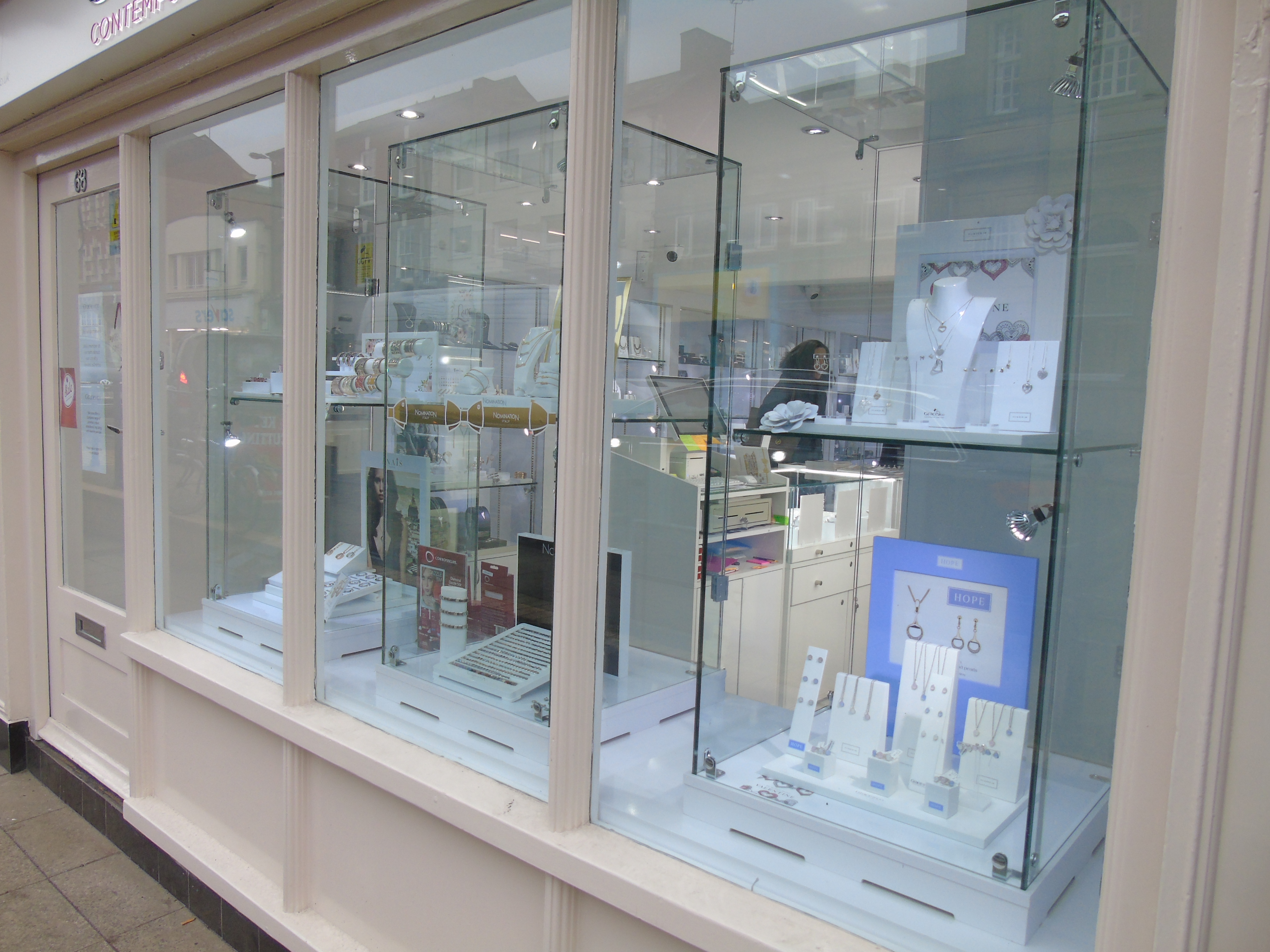

Among these is the need to generate recombinant, functionally immobilized antigens or antigen-fragments to sustain the needs of multiple in vitro selection and screening activities. However, despite considerable advances in library construction and binder enrichment strategies, certain aspects of display-based discovery technologies remain inefficient and potentially rate limiting. Over the past 20 years display technologies have become established as robust and powerful approaches for the in vitro isolation of protein and nucleic acid-based ligands with utility for both clinical and non-clinical applications 1, 2, 3. To illustrate the potential of the approach, we have isolated several fully human germline scFvs that selectively recognize therapeutically relevant native cell surface tumor antigens in various in vitro cell-based assay contexts. In addition, we show that the expressed Sp圜-antigen format is highly compatible with downstream antibody phage display selection and screening procedures, requiring minimal post-expression handling with no sample modifications. We demonstrate that Sp圜 has broad utility as a protein-fusion tag partner in a eukaryotic expression/secretion context, retaining its functionality and permitting the direct, selective capture and immobilization of soluble antigen fusions using solid phase media coated with a synthetic modified SpyT peptide reagent. In this report, we describe a simple, yet powerful strategy that exploits the properties of the Sp圜atcher/SpyTag (Sp圜/SpyT) covalent interaction to improve substantially the speed and efficiency in obtaining functional antibody clones of interest.

Corning’s fusion manufacturing platform – invented in the 1960s and continuously developed ever since – has delivered glass that fits these requirements and enabled the attributes consumers demanded for high-resolution, touch-enabled tablets, smartphones, and other devices.Īs display technologies become even more demanding, new applications will depend even more heavily on the glass properties enabled by Corning’s fusion draw process.An early bottleneck in the rapid isolation of new antibody fragment binders using in vitro library approaches is the inertia encountered in acquiring and preparing soluble antigen fragments. Since the beginning of the consumer electronics boom, glass components have needed to be exceptionally thin, pure, stable, and flat. Since the manufacturing process is highly adaptable to many types of advanced glass compositions, it is likely remain a crucial part of innovations far into the future. Corning’s proprietary fusion draw process has revolutionized consumer electronics and business communications, creating glass with all the extraordinary properties needed for devices in our highly connected world.


 0 kommentar(er)
0 kommentar(er)
